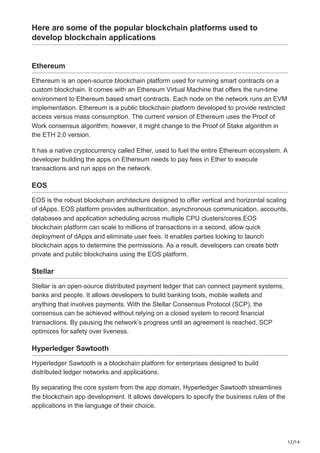Ethereum: Process async Results in Another Thread for Efficient Architecture App

As the Demand for Decentralized Applications (Dapps) Continues to Grow, It’s Essential to Optimize Their Architecture to Ensure Seamless Performance. One critical aspect of Building Efficient Dapps is Handling Asynchronous Data Processing and Visualization. In this article, we’ll explore how to process async results in another thread using python 3.7, livering The Ethereum API for trade data.
Why Async Processing?
When dealing with real-time data, Such as trades on the binance API, Async Processing is Crucial for Maining A Responsive User Experience. The Traditional Approach of Blocking All Threads Until Data Is Processed Can Lead to Significant Performance Issues And Laggy Interactions. By offloading async tasks to another thread, we can:
- Improve Responsiveness
- Reduce Latency
- Scale for High Traffic or Competitor Usage
The Ethereum API for Trade Data
To Start, Let’s Establish A Connection to the Binance API Using Python 3.7. We’ll use the ‚requestslibrary to send asynchronous http requests and retrieve trade data.
Python
Import requests
Def Get_binance_trades (Symbol, Limit):
"" "Retrieve Trade Data from Binance API" ""
URL = F "
Response = requests.get (url)
Return response.json ()
Process async Results in Another Thread
To process async results, we’ll create a separate thread using the threading library. We’ll use the asyncio library for asynchronous i/o operations.
`Python
Import asyncio
Class Trade Processor:
Def __init __ (loan):
loans.trades = []
Async Def Fetch_trades (Loan, Symbol):
"" "Fetch Trade Data from Binance API and Add to List" ""
Trades = await get_binance_trades (Symbol, 10)
Retrieve up to 10 trades
Self.trades.extend (trades)
ASync Def Process_trades (Self):
"" "Process and Visualize Trade Data" "
While True:
if not self.trades:
break
Print (f "Processing {len (self.trades)} Trades ...")
Visualize Trade Data Using Plotly
Import plotly. graph_objs as go
Fig = Go.Figure (Data = [Go.Catter (x = Loan.trades [: 20], Y = Self.trades [: 20]))
Fig.Update_layout (Title = "Trade Data", Xaxis_Title = "Timestamp", Yaxis_Title = "Price")
Print (Fig)
Await asyncio.sleep (5)
wait for 5 seconds before processing next batch
Architecture app
Our Architecture Consists of Two Main Components:
- Trade Processor
: This Class is Responsible for Fetching Trade Data from the Binance API and Adding It To A List. The
Process_tradesMethod Processes The Trades in Batches Using Another Thread.
- Web app : We’ll create a web interface that displays the processed mark, using plotly to visualize the results.
`Python
Import dash
From Dash Import DCC, HTML, No_Update
Import plotly. graph_objs as go
app = dash.dash (__ name__)
app.layout = html.div ([[
HTML.H1 ("Trade Data App"),
DCC.Graph (id = "trade graph", figure = go.figure (data = [go.catter (x = [], y = []))),),
))
@app.callback (
[HTML.P for _ in Range (20)],
[Dash.dependencies.output ("Trade-graph", "Figure"),
[Dash.dependencies.input ("Trade-graph", "update-plotly")]
)
Def update_Graph (updated_plotly):
Update the Trade Graph Using Plotly
Trades = App.Data ["Trades"]
Fig = Go.Figure (Data = [Go.Catter (X = Trades [: 20], Y = Trades [: 20])))
Fig.Update_layout (Title = "Trade Data", Xaxis_Title = "Timestamp", Yaxis_Title = "Price")
Return Fig
if __name__ == "__main__":
App.Run_Server (Debug = True)
In This Example, We’ve created a simple web interface that displays the processed trade data.
